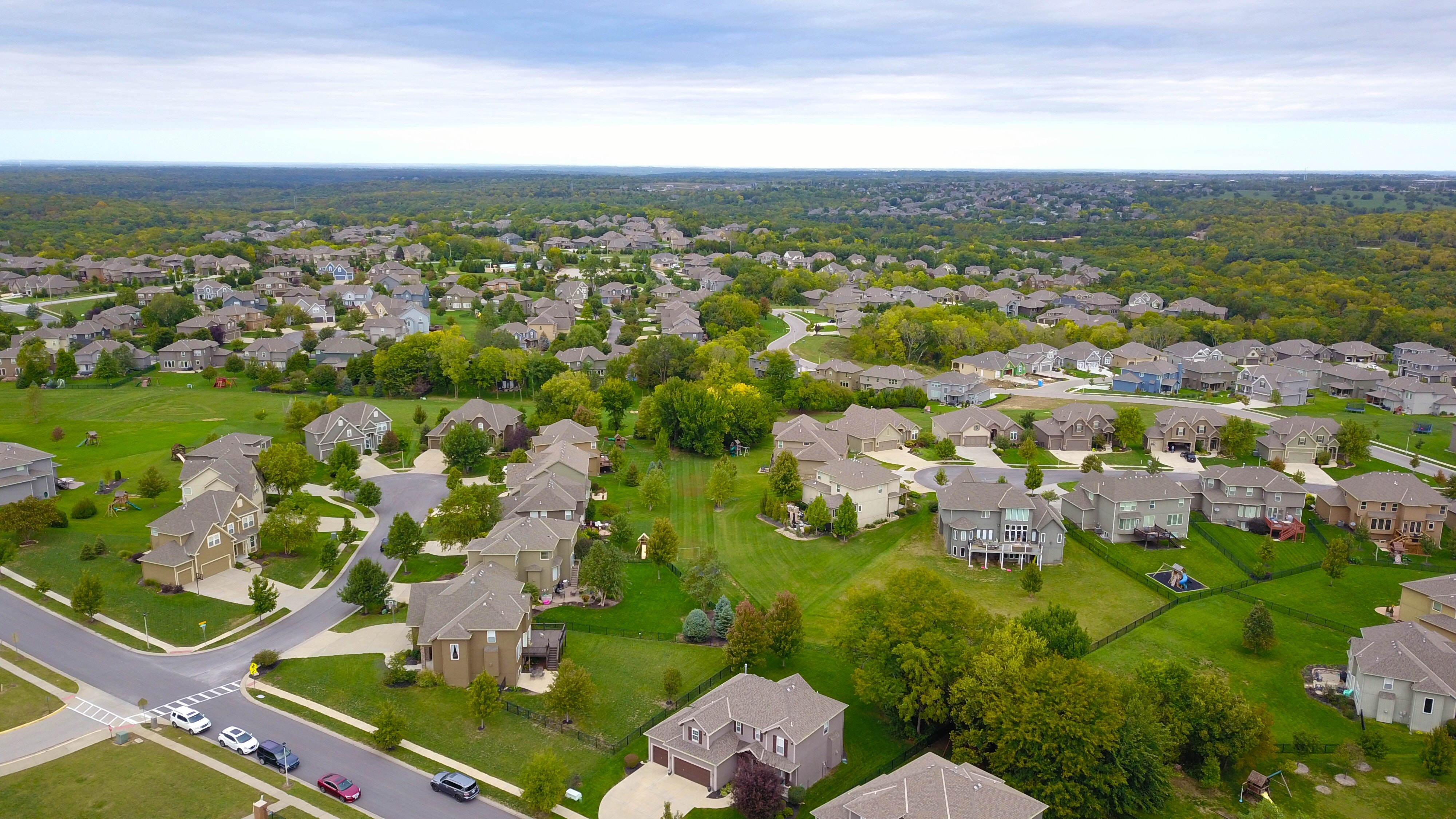While California is known as the Golden State, their housing situation is shaping up to be anything but golden. With skyrocketing housing costs, Californians are finding harder to make ends meet, and low income earners are struggling to afford their homes. The cause may originate at the construction site, where the price tag to build an “affordable” unit averages at about $350,000. To build homes on Californian land, developers are subject to a rainstorm of regulations, including one ordering a percentage of all homes sold at a discount to go to indigent home buyers. The weight of this deduction must then be recouped in the prices of the other homes by increasing their asking price, which also adds to the risk of a development flop.

According to estimates, California needs 180,000 new homes a year to meet demand, but builders have only been constructing around 100,000 every year.
In studies conducted by both the Cato Institute and the Brookings Institution, researchers found that the less land use restrictions in place, the more affordable real estate is. However, developers in the Golden State must yield to an astronomical amount of zoning laws regulating density, parking spaces, square footage, and landscaping. Although many Californians support a solution to the housing crisis, the majority of communities refuse to allow higher density housing within their own area, a phenomenon called “Not In My Back Yard.”.
Californian Thomas Mahon stands as a great example to the resistant will of these regions. Since 1999, he has been trying to obtain building permits to build two homes on his property, but his neighbors vetoed the proposal, claiming that Mahon’s house plans were oversized and even unaesthetic.
According to estimates, California needs 180,000 new homes a year to meet demand, but builders have only been constructing around 100,000 every year. So-called “Berniecrats” aspire to fight this problem through price controls and propose a repeal of the Costa-Hawkins act, which limits how far the state government can extend rent controls. Through reckless solutions like this, California would slaughter its already troubled construction market. If this comes to pass, the always-affordable state of Texas would witness many more Californian immigrants in the coming years.






